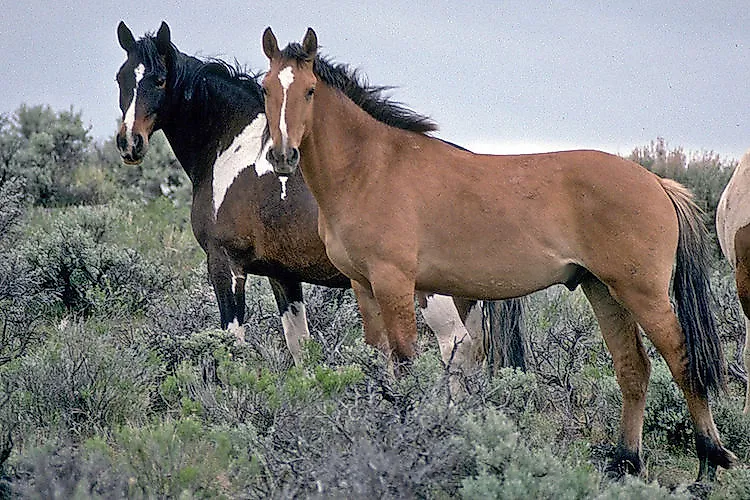What Is The Ecological Impact Of Feral Animals?

Feral animals are animals having descendants from the domesticated family of animals but are living in the wild. Feral animals can also be defined as an animal that has transformed to being wild, natural, or untamed from being domesticated. Some of the animals that can be categorized as feral include dogs, goats, cats, and pigs. However, animals that are genuinely wild but escaped from captivity like lion escaping from a zoo are excluded from the category of feral animals.
Common Species Of Feral Animals
Cats may change to a feral state if they are not properly socialized, especially when they are young. Cats left to roam around may turn into pests whether in rural or urban areas because of their negative effects on other animals. A goat, being one of the widely domesticated animals, may go into feral state easily and on its own. Horses and donkeys can become feral in open grassland in any part of the world. In Portugal, feral horses are known as Sorraia while in America they are called mustangs. There is a large population of feral pigs worldwide, especially in New Zealand, the US, Guinea, and Pacific Island. Colonies of honey bees may also escape from the apiaries into the wild when they swarm although they do not change their behavior in the wild. Feral parrots can be found in different parts of the world and are very successful outside of their native habitat because of their high adaptability. Cattle, when allowed to roam like in the case in Australia and New Zealand may establish long-term independence along with other semi-feral animals. However, because of the value of cattle, they cannot stay in the wild for long before they are recovered and settled.
Ecological Impact Of Feral Animals
Feral animals may have a great impact on an ecosystem. They impact on the native species by predation, competition for resources such as water and food, and the destruction of habitat. A feral animal such as rabbits degrades vegetation which is a source of food and shelter for other native animals. Feral cats predate on birds and kill native mammals and other reptiles and insects thus threatening the existence and survival of the endangered species. The feral animal may also cause soil degradation and erosion. While managed animals may be controlled from accessing degraded areas until the areas recover, it is much difficult to prevent feral animals from accessing such areas. Feral animals may transmit infections and diseases to other wild animals and livestock making it difficult and costly to control the spread of diseases. Feral animals are carriers of rabies, foot and mouth disease, and tuberculosis. A feral animal is also carriers of parasites such as screwworm fly. However, feral animals may positively replace species lost from the ecosystem or increase the biodiversity of an area affected by the human activities such as hunting, agriculture, and destruction of habitat.
Conventional Methods Of Controlling Feral Animals
Feral animals can be controlled by fencing, trapping, shooting, and baiting. Fencing prevents the feral animals from accessing areas where they are likely to cause destruction. However, fencing is only viable if the area to be protected is not large. Traps such as cage traps and yards may be stationed around the watering areas to trap the feral animals as they come in to drink. Baiting of feral animals can be done using poison. Shooting can be used to kill or destabilize the feral animals.











